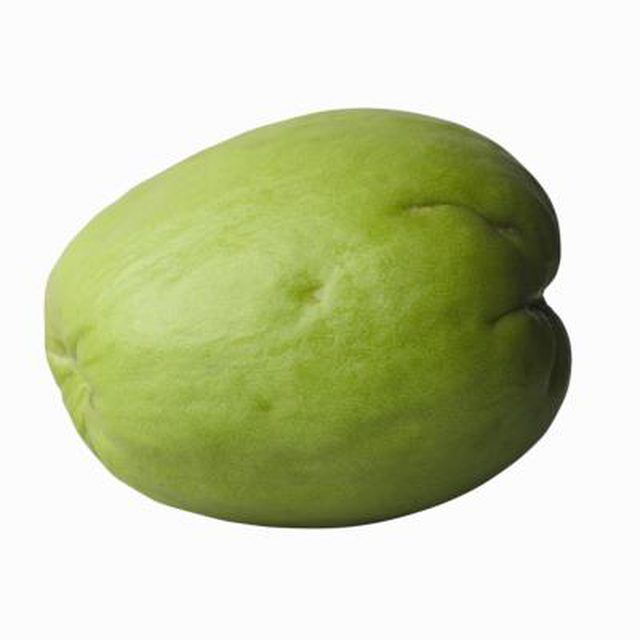Bulbs
Flower Basics
Flower Beds & Specialty Gardens
Flower Garden
Garden Furniture
Garden Gnomes
Garden Seeds
Garden Sheds
Garden Statues
Garden Tools & Supplies
Gardening Basics
Green & Organic
Groundcovers & Vines
Growing Annuals
Growing Basil
Growing Beans
Growing Berries
Growing Blueberries
Growing Cactus
Growing Corn
Growing Cotton
Growing Edibles
Growing Flowers
Growing Garlic
Growing Grapes
Growing Grass
Growing Herbs
Growing Jasmine
Growing Mint
Growing Mushrooms
Orchids
Growing Peanuts
Growing Perennials
Growing Plants
Growing Rosemary
Growing Roses
Growing Strawberries
Growing Sunflowers
Growing Thyme
Growing Tomatoes
Growing Tulips
Growing Vegetables
Herb Basics
Herb Garden
Indoor Growing
Landscaping Basics
Landscaping Patios
Landscaping Plants
Landscaping Shrubs
Landscaping Trees
Landscaping Walks & Pathways
Lawn Basics
Lawn Maintenance
Lawn Mowers
Lawn Ornaments
Lawn Planting
Lawn Tools
Outdoor Growing
Overall Landscape Planning
Pests, Weeds & Problems
Plant Basics
Rock Garden
Rose Garden
Shrubs
Soil
Specialty Gardens
Trees
Vegetable Garden
Yard Maintenance
How to Grow Chayote in a Pot
How to Grow Chayote in a Pot. The pear-shaped, light-green fruits known in the U.S. as vegetable pears and in Mexico as chayotes grow on vigorous cold-sensitive vines of the cucurbit family -- the same plant family that includes pumpkins, squash, melons and cucumbers. Known to ancient Aztecs as chayotli and to botanists as Sechium edule, chayote...

The pear-shaped, light-green fruits known in the U.S. as vegetable pears and in Mexico as chayotes grow on vigorous cold-sensitive vines of the cucurbit family -- the same plant family that includes pumpkins, squash, melons and cucumbers. Known to ancient Aztecs as chayotli and to botanists as Sechium edule, chayote vines need a 150-day growing season between hard frosts, a circumstance hard to come by in the U.S. except for Southern locales. Where frost doesnít destroy the roots, an established chayote plant will resprout the following spring and again produce an immense quantity of fruit.
Things You'll Need
Fresh chayote fruit
5-gallon container
Vegetable potting soil
Backyard fence or other extensive vertical and horizontal trellis
Water-soluble vegetable fertilizer
Organic mulch, such as shredded leaves or pesticide-free grass clippings
Purchase several fresh chayote fruits in fall, even if they have been in cold storage and are wrapped in plastic. Unwrap them once you get home if they were encased in plastic.
Store whole chayotes in a cool, dark place such as a garage or back porch cupboard. The almond-sized chayote seeds inside the fruits will sprout, emerge and lengthen in the dark. By February, the seedling will be about 6 inches long.
Fill the 5-gallon container to within several inches of the top with thoroughly moistened potting soil. Scoop out a chayote-sized area in the center and plant the entire sprouted fruit, the tip barely showing.
Water the chayote pot thoroughly and place it in a sunny window until temperatures outside are warm. Keep soil evenly moist but not soggy.
Place the pot outdoors when temperatures are warm, adjacent to the fence or trellis that will provide support. Water regularly, thoroughly saturating the soil. You may water once or twice daily during hot weather, because roots are limited to moisture available to them in the container.
Mulch the chayote soil with several inches of mulch to conserve moisture. Tend the vine all summer; it will grow to 30 feet or more before blossoming or setting fruit. Vines will bloom in August or September and be covered with chayotes by September or October.
Harvest fruits when pickle size, sliced-cucumber size or 1-pound-pear size. Vines will die back after the first frost, but fruits wonít be damaged until the first hard frost. Protect the dormant roots by storing the pot in a cool -- not frosty -- garage or basement until spring. Water the pot lightly every month or so.
Tips & Warnings
Fresh chayotes can be found in Mexican markets, and sometimes farmers markets and supermarkets.
Create a bee-friendly habitat for both honeybees and native bees. Like all cucurbits, chayotes bear male and female flowers on the same plant and need bees for good pollination and fruit set.
Donít fertilize chayote vines heavily, or youíll get even more vine and few fruits. They will need some fertilizer, however, being grown in nutrient-free potting soil, so provide water-soluble fertilizer at least every three of four weeks.